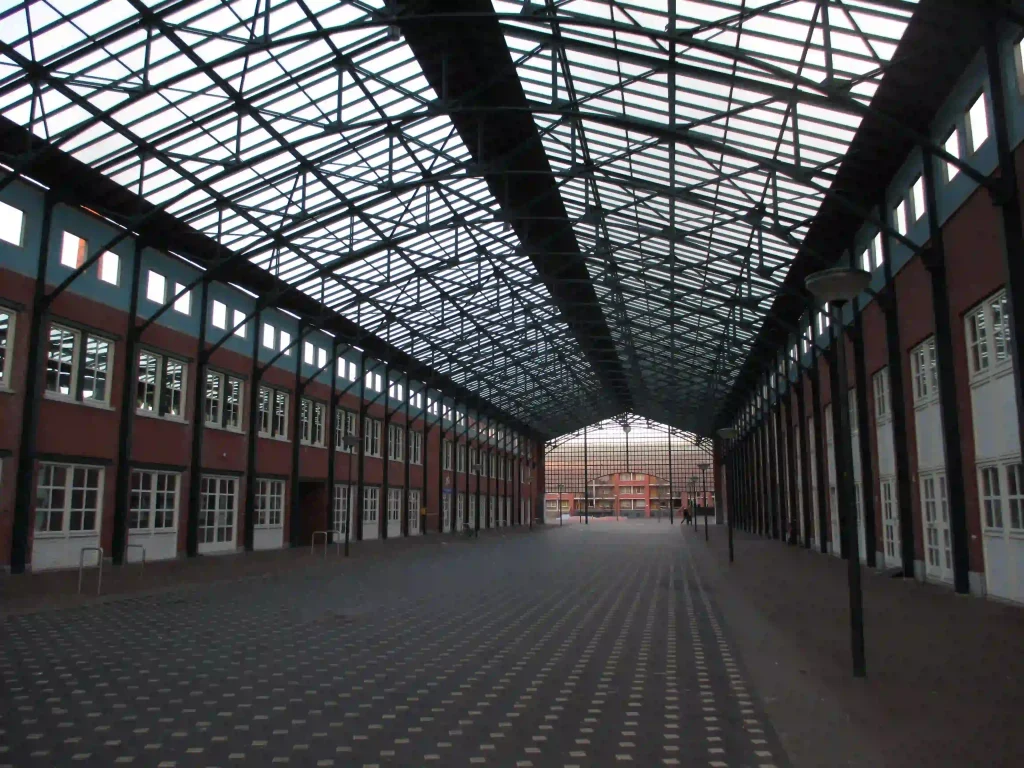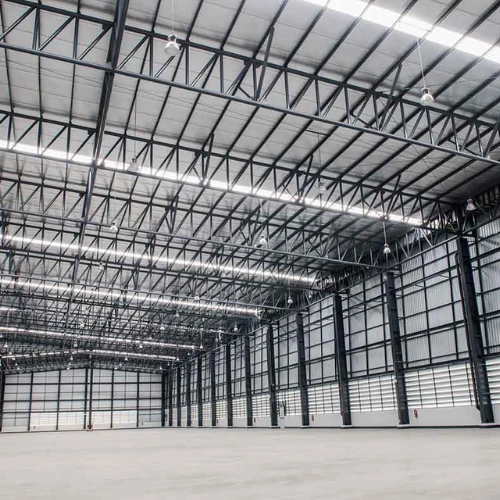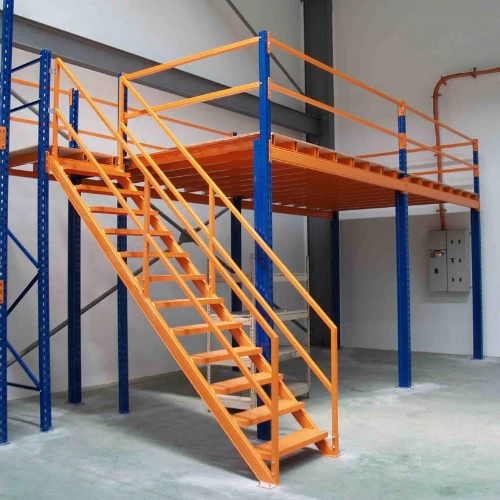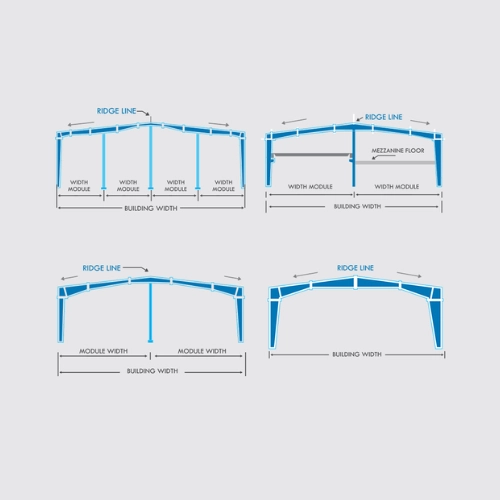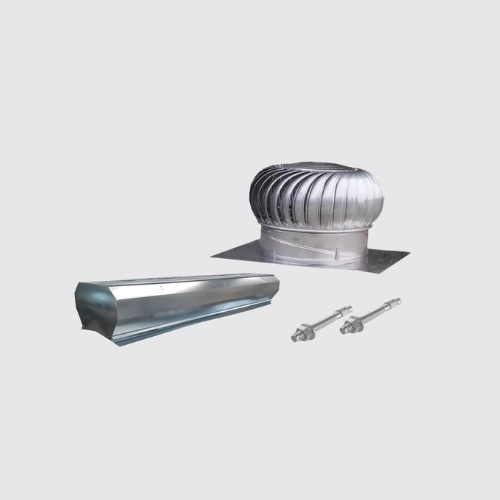Introduction: Where Speed Meets Endurance
If you are a Project Manager, Business Owner, or an Investor responsible for commercial and industrial expansion, embarking on a new construction project, whether it’s a warehouse, a manufacturing facility, or a commercial showroom, one of the first and most critical decisions you face is the choice of construction methodology. Do you opt for the time-tested, conventional ‘stick-built’ approach, or do you embrace the modern, highly efficient technology offered by Pre Engineered Building Manufacturers?
This isn’t just a choice between steel and concrete; it’s a strategic decision that impacts your project timeline, budget, flexibility, and long-term operational costs. Traditional construction is familiar, but the rise of the pre-engineered building (PEB) industry has offered a compelling alternative that often delivers superior results in the industrial and commercial sectors. This article breaks down the core differences between working with traditional construction companies and modern Pre Engineered Building Manufacturers so you can make an informed decision for your next venture.
Understanding the Contenders
To fairly compare the two approaches, we must first define them.
What is Traditional Construction?
Traditional construction involves a sequential, site-intensive process. Every component, from the foundation to the structural framework, is sourced, cut, measured, and assembled piece-by-piece on the actual construction site. This method relies heavily on local labour, materials availability, and prevailing weather conditions, often leading to variability in quality and timeline.
What are Pre Engineered Building Manufacturers?
Pre Engineered Building Manufacturers specialise in creating structures composed of custom-designed, pre-fabricated steel components. The entire building is engineered and manufactured off-site in a controlled factory environment. These components, including primary framing, secondary members, and roof/wall cladding, are then shipped to the site ready for quick, bolt-together assembly. Every stage, from engineering to erection, is managed by the Pre Engineered Building Manufacturers, ensuring seamless integration. This focus on efficiency allows Pre Engineered Building Manufacturers to offer rapid project delivery.
The Great Face-Off: Key Differences
The differences between the two construction methods are most evident when comparing crucial project metrics: time, cost, quality, and design.
1. Speed and Timeline
One of the most significant advantages offered by Pre Engineered Building Manufacturers is speed. Since the design and fabrication processes run concurrently with the foundation work on-site, the total project duration is drastically reduced.
- Traditional Construction: Can take anywhere from 12 to 24 months for large industrial projects due to sequential steps, material delays, and weather interruptions.
- PEB Construction: Pre Engineered Building Manufacturers can fabricate and erect a similar structure in 6 to 12 months. This accelerated timeline is invaluable for businesses needing to start operations quickly, and is a core selling point for any reliable PEB manufacturer in Ahmedabad or elsewhere.
2. Cost Predictability and Efficiency
In traditional construction, changes, delays, and unexpected material costs are common, making budgets hard to control. Pre Engineered Building Manufacturers, however, offer greater transparency and predictability.
- Fixed Pricing: Because the design is finalised and the steel components are manufactured in bulk, Pre Engineered Building Manufacturers provide a relatively fixed price early in the process.
- Material Savings: PEB construction uses high-strength steel efficiently, minimizing waste and optimizing the weight of the structure, which reduces the cost of the steel itself and the necessary foundation work. This smart use of resources allows Pre Engineered Building Manufacturers to be highly competitive.
3. Design and Future Flexibility
Traditional construction often allows for intricate, bespoke designs but can become expensive and cumbersome if future expansion is necessary. The systems utilized by Pre Engineered Building Manufacturers are engineered with growth in mind.
This brings us to a crucial question for major developments: “Why choose PEB construction for industrial projects?” The answer often lies in flexibility. PEB structures are easier to expand. Adding bays or increasing the span is generally a straightforward process, as the system is modular. Furthermore, Pre Engineered Building Manufacturers ensure that column-free clear spans are maximized, which is essential for flexible interior layouts in manufacturing and warehousing.
4. Quality Control and Durability
Quality control is another area where Pre Engineered Building Manufacturers have a distinct edge.
- Factory Environment: All components are produced under strict quality standards in a controlled factory setting, removing the variability that comes with on-site fabrication.
- Durability: The galvanised or painted finishes applied by Pre Engineered Building Manufacturers offer excellent resistance to corrosion, leading to longer structural lifespans and lower maintenance costs compared to field-applied coatings in traditional methods.
5. Vendor Management and Accountability
Working with traditional methods means managing multiple contractors (structural engineer, steel fabricator, civil contractor, etc.). When you partner with experienced Pre Engineered Building Manufacturers, you benefit from a single point of contact. This integrated approach simplifies management, speeds up communication, and places accountability for the entire structural shell on a single entity, simplifying the process for the client. The best PEB companies in Ahmedabad offer this comprehensive, turnkey solution.
Why Location Matters: The Local Advantage
While the principles of PEB construction are universal, choosing the right local partner is vital for project success, especially in a dynamic, developing region.
Seeking out a reputable PEB manufacturer in Ahmedabad ensures you benefit from several regional advantages: local knowledge of site conditions, understanding of regional regulatory requirements, and reduced logistics costs. When evaluating PEB companies in Ahmedabad, you should look for evidence of past successful projects in the area. A local presence means quicker response times for both initial consultation and post-erection support. For example, Choice Prefab leverages its local expertise to provide optimized designs tailored to the specific climatic and operational needs of the region.
Making Your Decision
Ultimately, the choice depends on your project’s specific needs.
| Feature | Pre Engineered Building Manufacturers | Traditional Construction Companies |
| Speed | Excellent (Factory speed) | Slow (Site-dependent speed) |
| Cost | Predictable and efficient | Variable and prone to overruns |
| Quality | Factory-controlled, high consistency | Site-dependent, variable consistency |
| Span | Excellent clear-span capability | Often limited by budget/design complexity |
| Accountability | Single-source responsibility | Multi-vendor management required |
For most industrial, warehousing, and large commercial projects where speed, budget certainty, and efficient space utilisation are paramount, working with expert Pre Engineered Building Manufacturers is the clear strategic choice. The ability of the Pre Engineered Building Manufacturers to deliver faster, leaner, and stronger structures makes them the future of industrial construction.
Frequently Asked Questions (FAQ)
Q1: Are PEB structures less durable than traditional steel buildings?
A: No. PEB structures use high-grade, high-strength steel that is engineered for optimal performance and longevity. When designed and manufactured correctly, their lifespan is comparable to, or often exceeds, that of traditional buildings, thanks to superior factory finishes and engineering precision.
Q2: Is the cost of PEB always cheaper than conventional construction?
A: The initial unit cost of materials might be similar, but PEB is almost always cheaper overall when you factor in time saved (reducing overheads, starting revenue generation sooner) and the lower weight of the structure, which reduces foundation costs.
Q3: How much time can a PEB manufacturer save on a typical project?
A: A Pre Engineered Building Manufacturers approach can typically shave 30% to 50% off the total construction time compared to a sequential traditional build, primarily by manufacturing components off-site while site work proceeds.
Q4: Can PEB construction accommodate multi-story buildings?
A: Yes. While commonly used for single-story industrial structures, Pre Engineered Building Manufacturers also design and supply components for multi-story buildings, mezzanine floors, and complex infrastructure projects.
Q5: How do I find the best PEB companies in Ahmedabad?
A: Look for companies with a strong track record, internal design and engineering teams, and a focus on providing end-to-end solutions, from design to erection.
Conclusion
Choosing between Pre Engineered Building Manufacturers and traditional construction is a major pivot point for your project’s success. If you’re looking for a partner that guarantees faster delivery, cost certainty, and a highly optimised industrial structure, look no further.Looking for expert help in finding the best PEB manufacturer in Ahmedabad? Contact Choice Prefab today and get started on your efficient, high-quality building solution.

